Nikon D5600 review
What does this mid priced, entry level DSLR have to recommend it to those trading up from a smartphone?

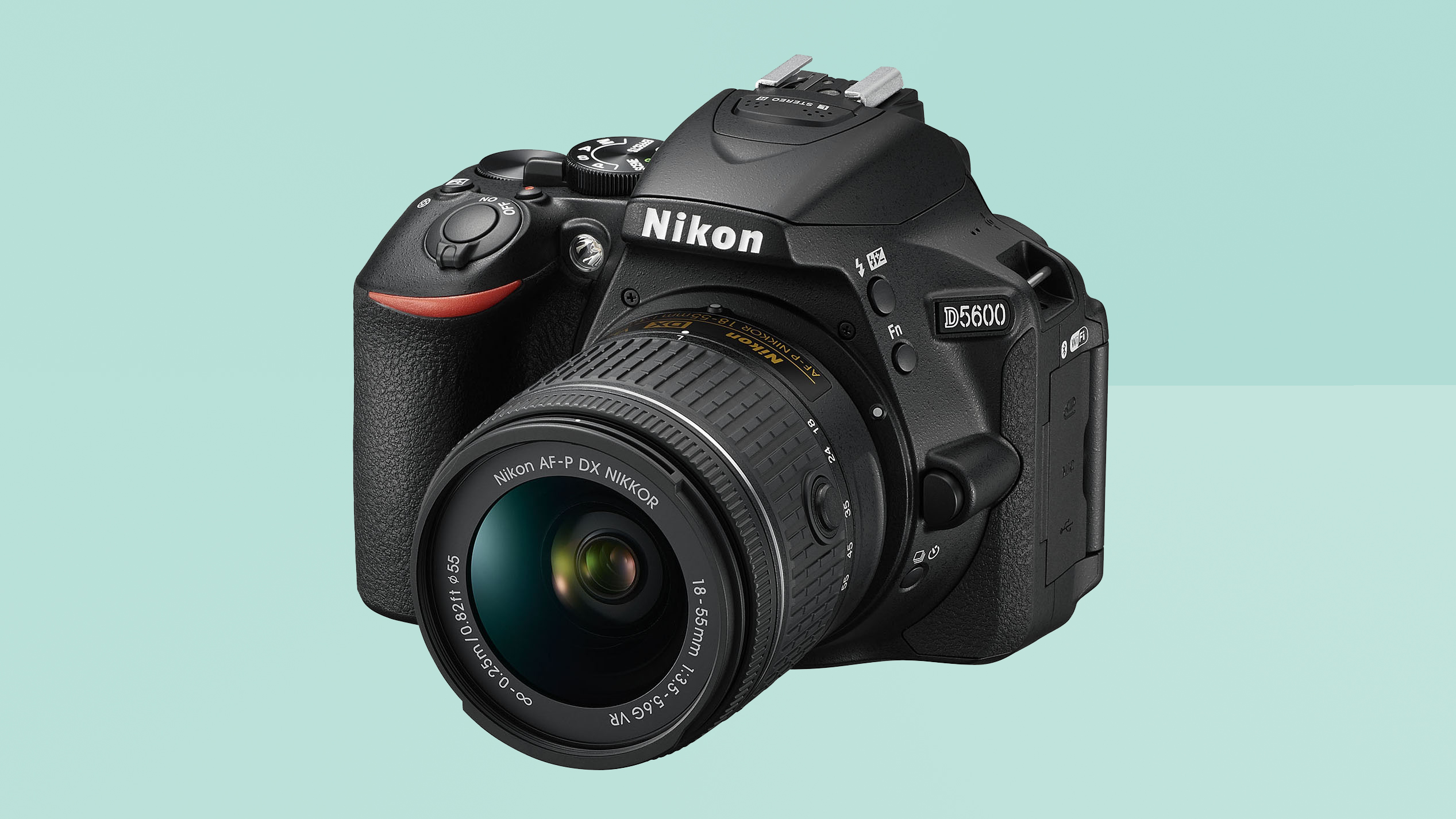
The lure of the Nikon D5600 DSLR is that it is an affordable, entry-level route into interchangeable lens photography, for those whose heads are not immediately turned by the latest desirable mirrorless model.
-
+
Built in Wi-Fi and Bluetooth
-
+
Angle adjustable touch-screen LCD
-
+
Optional external microphone can be added to improve sound quality
-
+
Massive range of directly compatible lenses and accessories
- +
- +
-
-
Battery life is modest
-
-
Full HD video only (no 4K)
-
-
Comparably low burst rate
Why you can trust T3

Aimed at aspiring photographers, Nikon’s 24.2-megapixel effective resolution D5600 features a standard-for-its-class APS-C sized sensor, plus a Nikon F lens mount.
he latter means that it is compatible with a broad range of existing Nikon DX-format lenses and accessories. This is a distinct advantage for those looking for a greater range of creative options than their smartphone can provide.
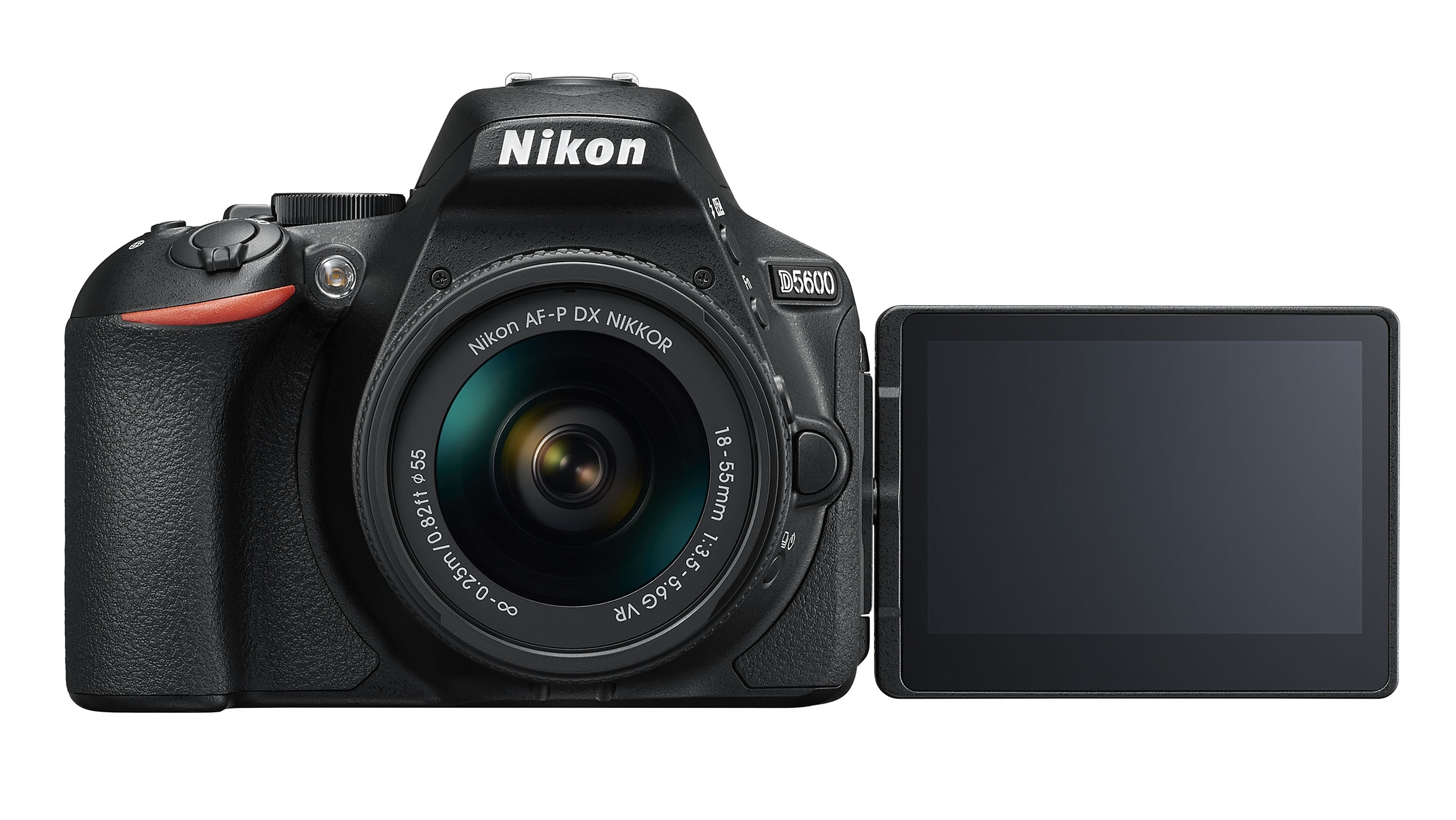
Nikon D5600 review : Design and Handling
Marginally heavier than bottom-of-the-range alternatives such as Nikon’s own D3500, at 465g with a rechargeable battery and SD card inserted, the Nikon D5600 has a carbon fibre construction, as opposed to the polycarbonate build of models including the aforementioned D3500. Operating temperature is from 0°C to 40°C, which is fairly standard stuff, reflecting its starter DSLR status.
As well as an uncluttered, well-proportioned button layout which makes for intuitive handling, the D5600 features best-of-both-worlds handling, courtesy of not only plentiful buttons but also it's slightly larger than average 3.2-inch backplate LCD being a touch screen.
In Live View mode, this allows users to direct and specify a focus point with the tap of a finger and in playback mode pinch and flick on an image to enlarge a portion to check focus was successful. Just like on a smartphone in other words.
Furthermore, the Nikon D5600’s screen can be rotated and flipped to face ourselves or subjects, which is a definite improvement on – and advantage over – the fixed screen models lower down its manufacturer’s line up.
Being a DSLR, photographers also have the option of instead using the camera’s eye-level viewfinder for composing shots, which means we’re free of surrounding distractions when framing an image. On this model, we get 95% frame coverage through the viewfinder, so what is seen is – almost – what we get.
Get all the latest news, reviews, deals and buying guides on gorgeous tech, home and active products from the T3 experts
The D5600 features a ‘monocoque’ construction – which refers to it being fashioned from a single moulded shell –while it’s lightweight with it. Though inevitably it does fall short of the premium feel of more expensive DSLRs higher up Nikon’s range, we found the handgrip to be well portioned and a snug fit for our fingers.
It’s worth pointing out that this DSLR doesn’t feature built-in image stabilisation of any sort, so look for the letters ‘VR’ for Vibration Reduction when choosing lenses to go with it; particularly lenses with longer focal lengths that might suffer from camera shake/image blur when shooting handheld at the telephoto end of their range.
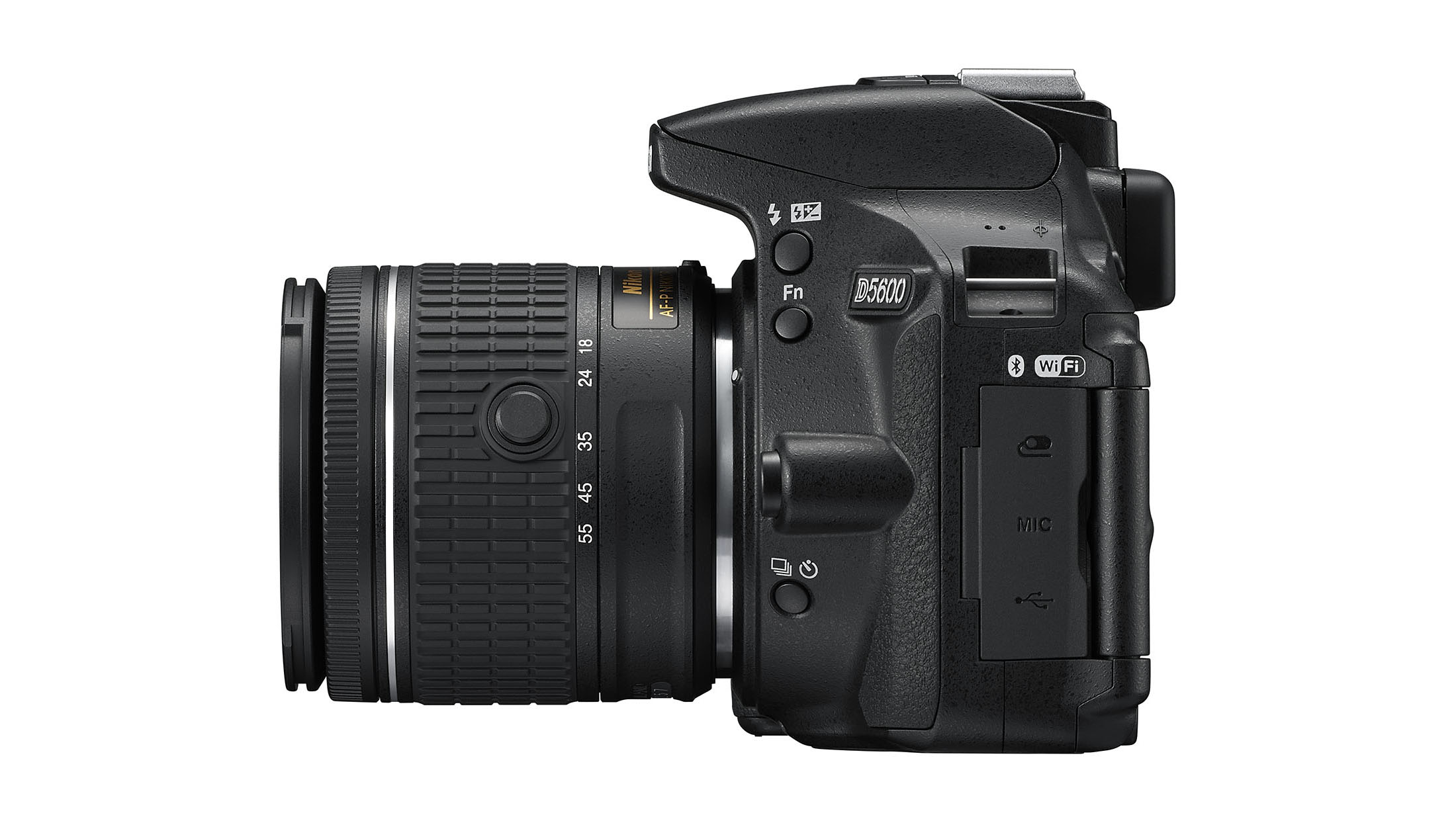
Nikon D5600 review : Features
The Nikon D5600 features the expected connectivity options of both Wi-Fi and Bluetooth for the transfer of images, but although its D5300 predecessor featured built-in GPS too, this iteration oddly does not. The only reason we can think of for this omission is the manufacturer wants to retain some distinction between models in its line up.
In terms of burst shooting, maximum capture speed is a modest, yet typical for the price 5fps. Fine for photographing tear-away kids and pets, but less useful for dedicated sports, other than the school sports day. For those shooting video, a Full HD 1920x1080 pixels resolution is selectable, up to a maximum 59.94fps frame rate, which delivers a smooth, cinematic look.
No 4K resolution video option this time around, but again this reflects this particular DSLR’s entry-level status. Videographers looking for better sound quality than the camera’s built-in microphone can deliver can, however, add an external microphone in Nikon’s optional ME-1 unit. Nice.
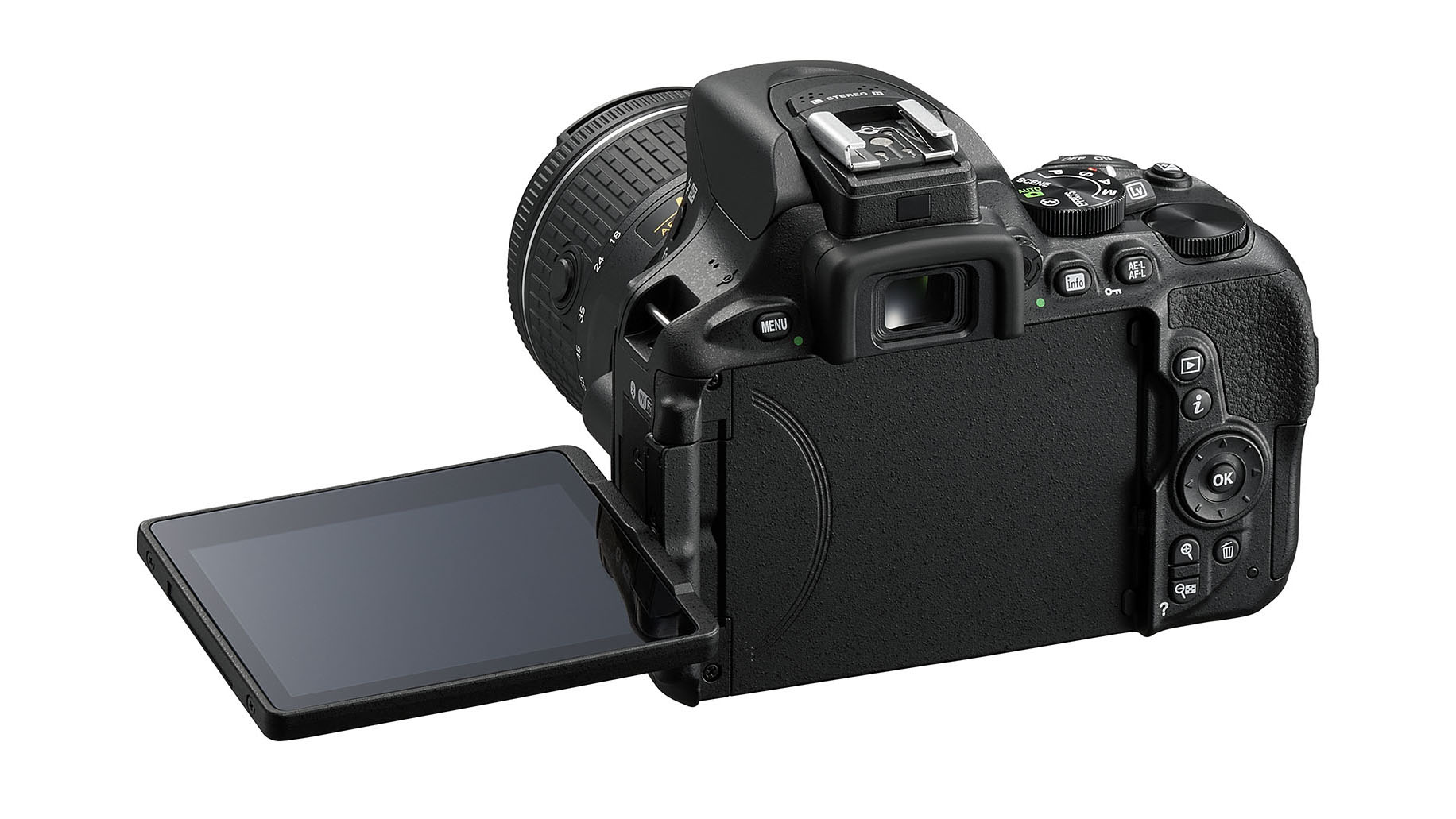
Nikon D5600 Review: Performance
The Nikon D5600’s autofocus (AF) system looks to be a winner in its class by virtue of offering 39 focus points, with either all 39 or 11 being selectable at once. We found that even shooting with the kit zoom lens supplied in the box, rather than a dedicated ‘prime’ lens, we still achieved sharply defined results in daylight conditions. With less light around the AF system responds a little slower inevitably, but can be improved by swapping the lens in use for something with a larger aperture – thereby letting in more available light.
Across a wide variety of conditions, however, we found the Nikon D5600 to be commendably responsive. Just as well, since the target beginner audience for this camera will more likely be relying on autofocus rather than manual focus, until their confidence and personal skillset grows.
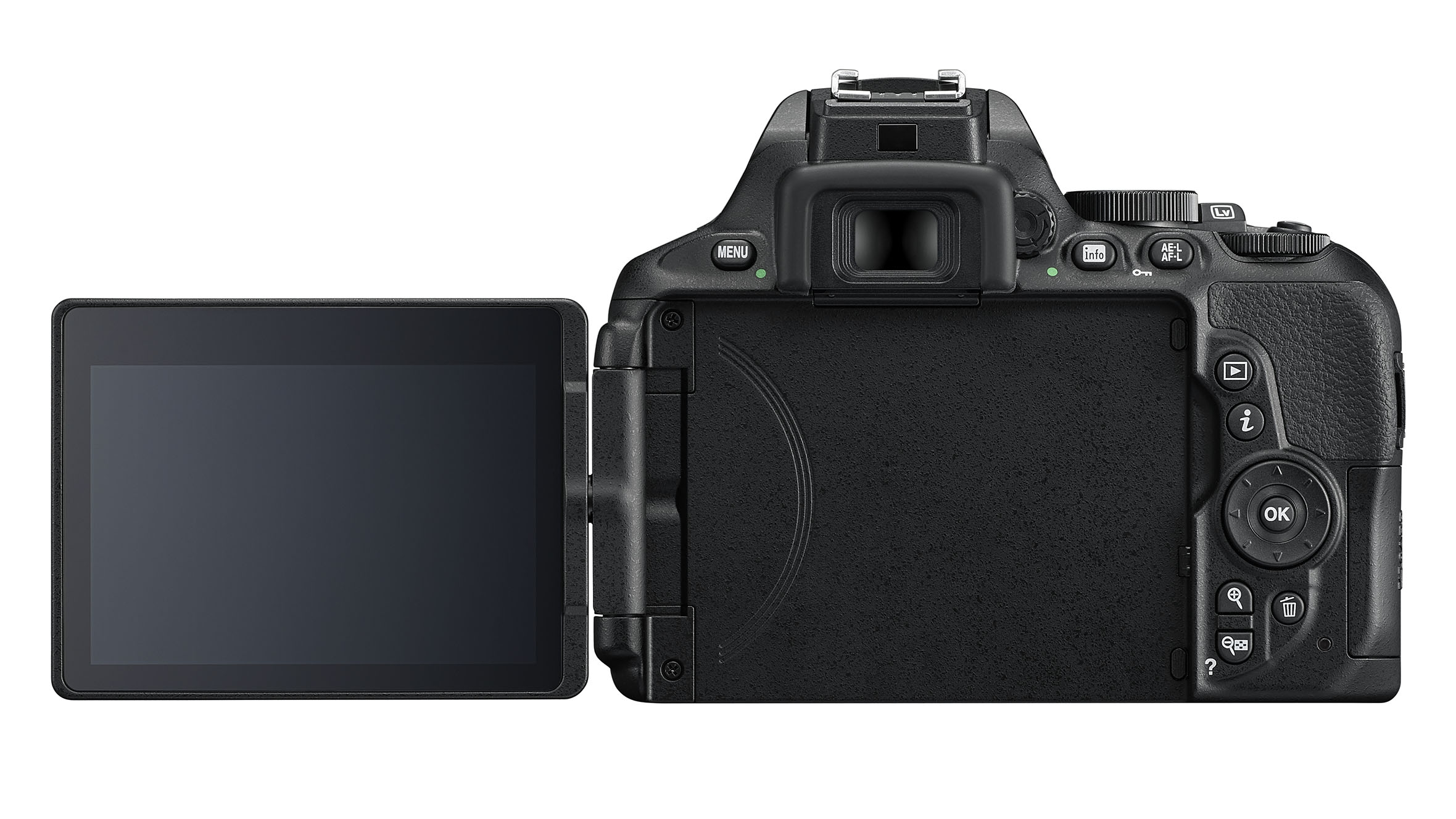
However, one slight Achilles’ heel here is battery life – the Nikon D5600 delivers a respectable standalone 820 images from a full charge of its battery. However, this looks less impressive when you compare it to, say, the Nikon D3500 further down its manufacturer’s range, which affords a whopping 1550 frames from a full charge and the same EN-EL14a battery. That said, when compared to the alternative of buying a mirrorless camera – which generally gives up the ghost after 300 or so images – such a powerful performance is not to be sniffed at.
Nikon D5600 Review: image samples
The chief reason you’ll be considering the Nikon D5600 is because of the benefits of using both a larger imaging sensor and lens than our smartphone’s dimensions will allow; the former in combination providing us with sharply defined results that are a cut above the average handset, and with no application of filters and various editing tools necessary.




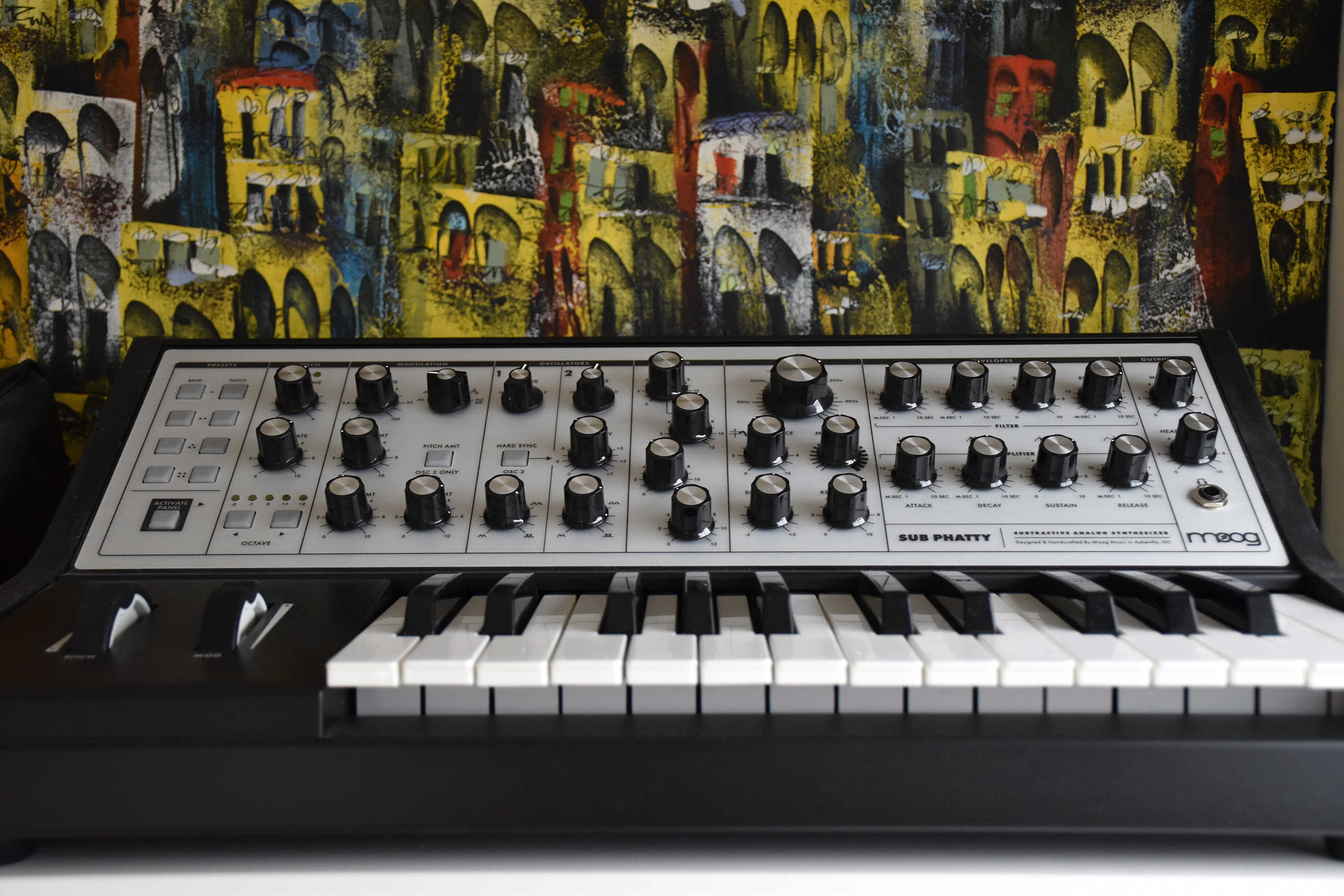



Nikon D5600 Review: Verdict
If you’re looking for an entry-level digital SLR and choosing the Nikon D5600 in insolation then we reckon you can’t go far wrong. It’s intuitive enough in use that first-time photographers won’t get overawed, has genuinely useful features, including its angle adjustable touch screen and built-in Wi-Fi, plus can be picked up for a competitive price.
OK, so we don’t get 4K video on this one – it is a budget option after all – but most will be happy with the Full HD clips. Plus they take up less storage space and are far easier to share. And, of course, ease of use is what this model is all about.
Liked this?
- Best instant camera
- Best travel camera
- Best camera for kids
- Best entry-level camera
- Best cheap full-frame camera

Gavin Stoker has been writing about photography and technology for the past 20 years. He currently edits the trade magazine British Photographic Industry News - BPI News for short - which is a member of TIPA, the international Technical Imaging Press Association.